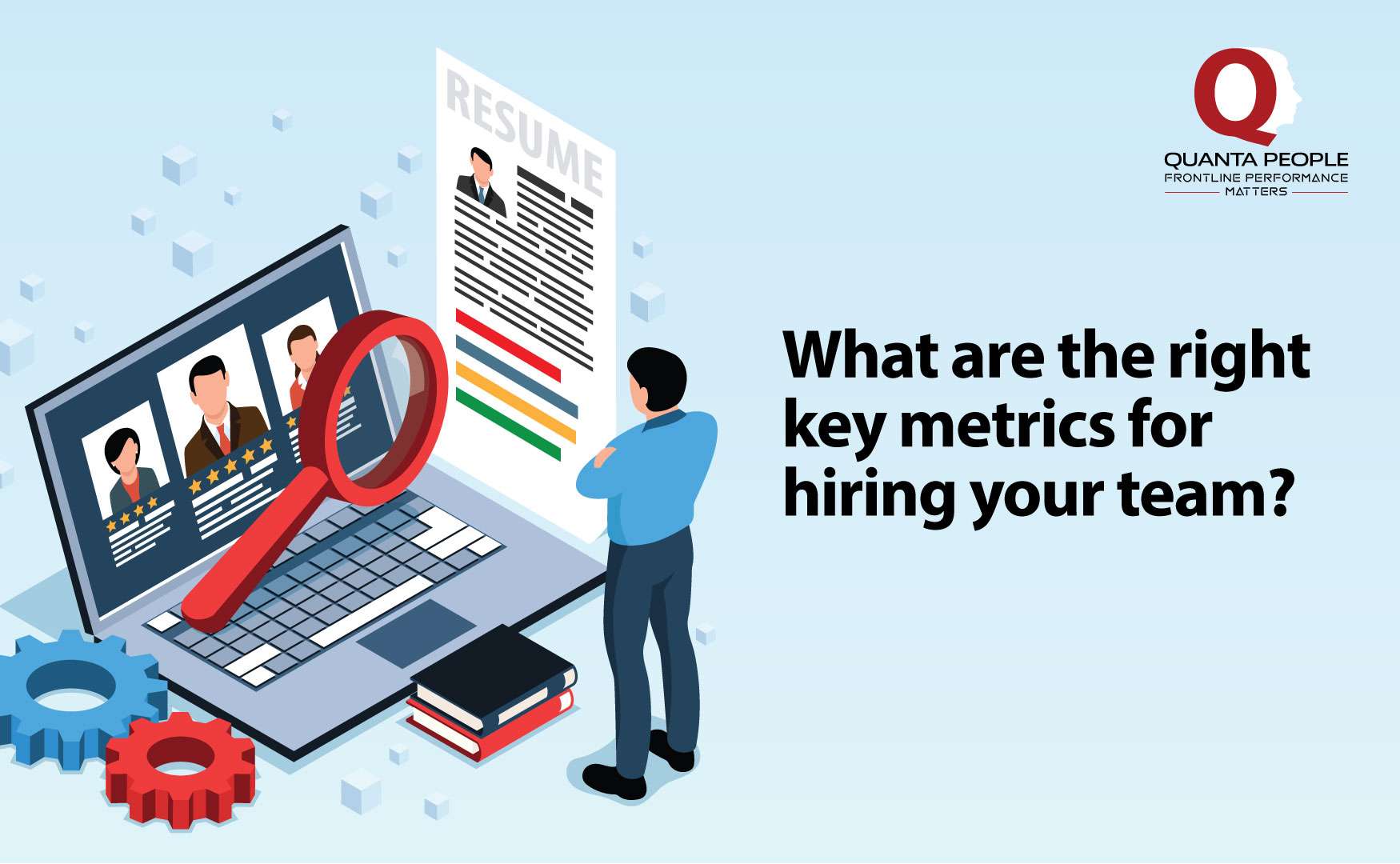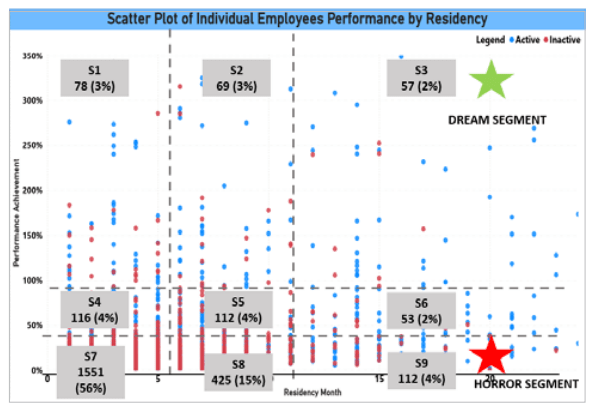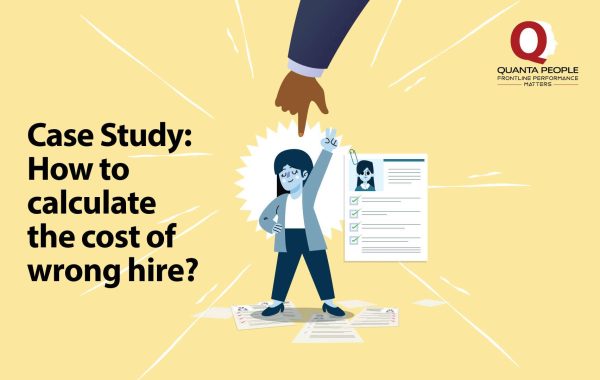
What are the right key metrics for hiring your team?
Executive Summary: Rethinking the “Dream” Hire
Companies spend millions of dollars every year trying to hire the “dream” employee.
A thorough scrutiny on past experience, relevance of profile and quality of education is executed under the microscope. A candidate with an acceptable resume is automatically shortlisted while a candidate with mediocre credentials isn’t even invited for the interview.
However, there is a fundamental flaw in this logic. The inherent assumption is that if someone has excelled in company A, they will automatically succeed in yours too.
This is the classic “If it works there, it will work here” mindset.
Unfortunately hiring doesn’t follow the “one-size-fits-all” mantra. A top performer in Company A can be an underperformer in Company B, even if the role is similar, because the culture, the brand, the products, the atmosphere and the ways of working are different.
This is why one of the most powerful indicators of a candidate’s potential lies not outside your company but within it: the success profiles of your own top performers.
The candidates who have been successful in your organization provide a wealth of data that is needed for recruitment because they are the true “tried and tested” performers.
This contextualizes hiring and makes it more relevant to your organization.
Hence, the hiring of your frontline should, in addition to the minimum qualifications, focus on what is needed to succeed in your environment. This is a smarter, data-driven way to build high-performing teams.
Context: Who Is a Dream Employee?
A dream employee is not just a performer. He/she is a performer who stayed with the organization for a significant duration and, during that time, has consistently met or exceeded the cumulative performance targets.
Given the nature of the business and the existing industry attrition trends, any employee who has completed more than 12 months in the system and has achieved performance levels above the cohort’s cumulative average can be defined as a dream employee.
The TMI Plot: Segmenting Success
The patented TMI plot is the best visual to segment & classify employees based on residency and cumulative performance.
The TMI plot is divided into 9 segments and each employee is classified into a segment based on:
- The tenure of the employee (High, Medium and Low Residency)
- The cumulative performance of that employee during the tenure (High, Medium and Low Performance)

Conclusion: Hire from Proven Patterns
The key to building a high-performing frontline lies in the data of employees who have already succeeded.
The metric for hiring team lies in the percentage improvement in S2 and S3 over a period.
The dream segment employees belong to S3. Studying the demographics and profiles of these employees can generate powerful insights into what defines a successful employee in your context.
Since the correlation between their profile and likelihood of success is high, this analysis provides a data-driven blueprint for smarter hiring.

What Is the Right Metric: % Change in S2 and S3
The ideal hires fall within the S2 and S3 segments, and the percentage of employees hired during a given period who belong to these segments sets the benchmark for hiring quality.
A steady increase in S2/S3 representation over time serves as a clear indicator of the effectiveness of the hiring team.
Final Thought: Build Teams with Contextual Intelligence
The key to building a high-performing frontline lies in the data of employees who have already succeeded.
The metric for hiring team lies in the percentage improvement in S2 and S3 over a period.


